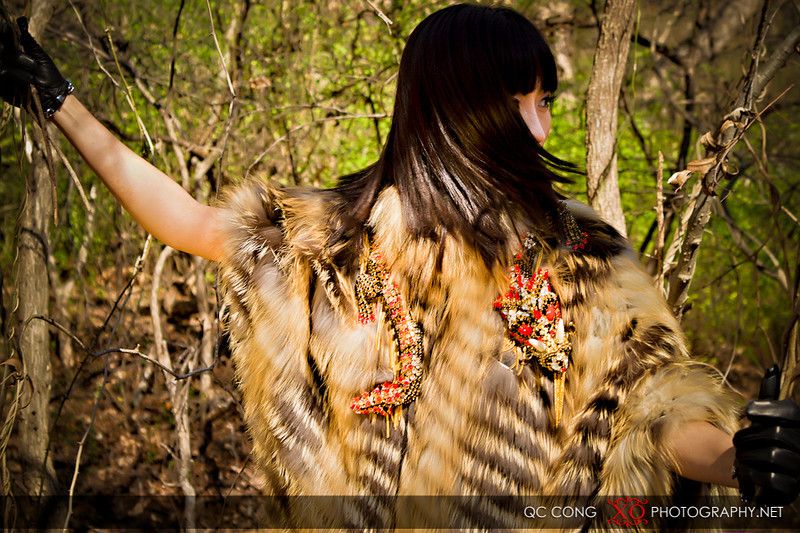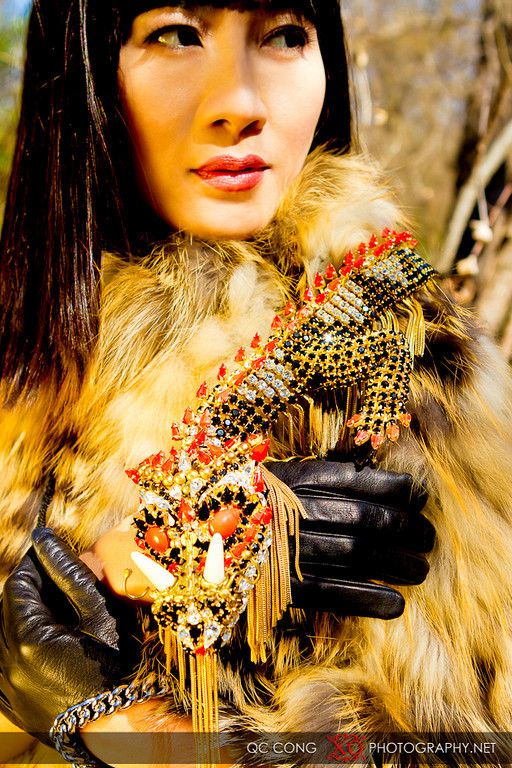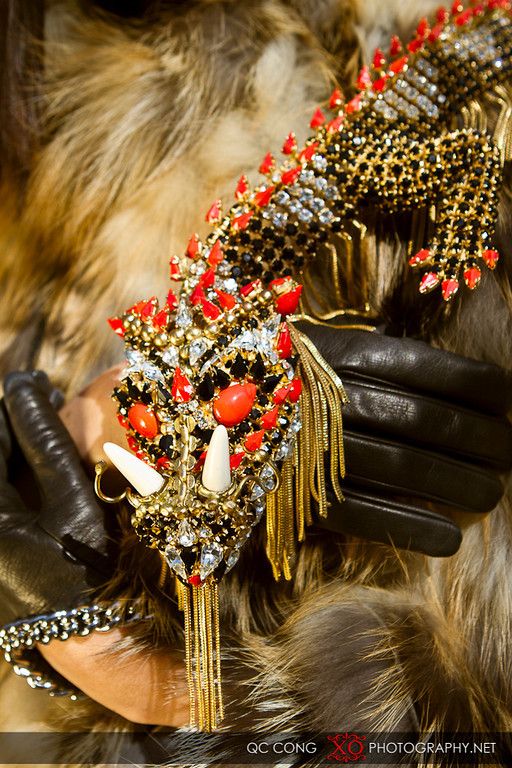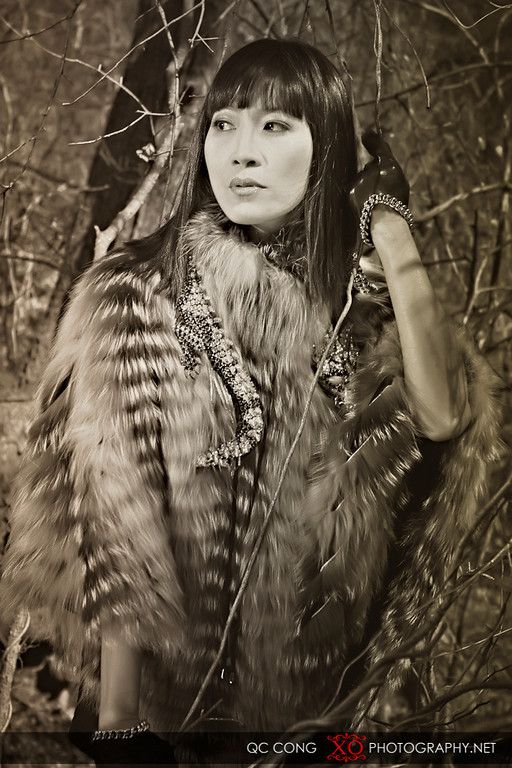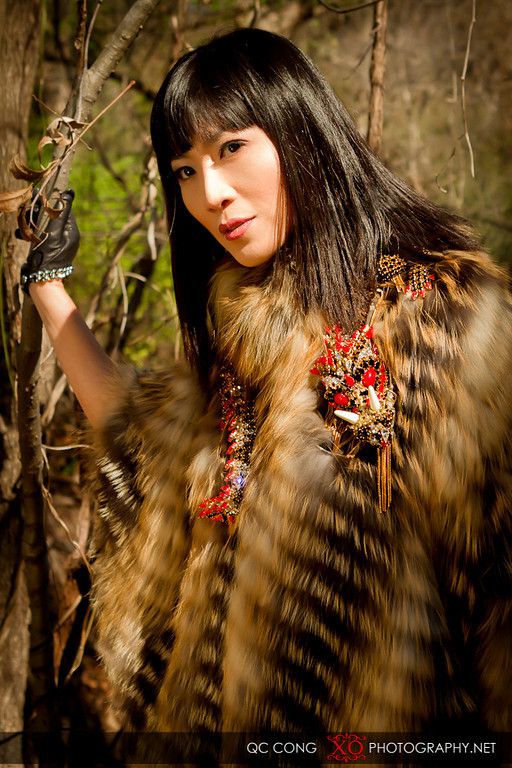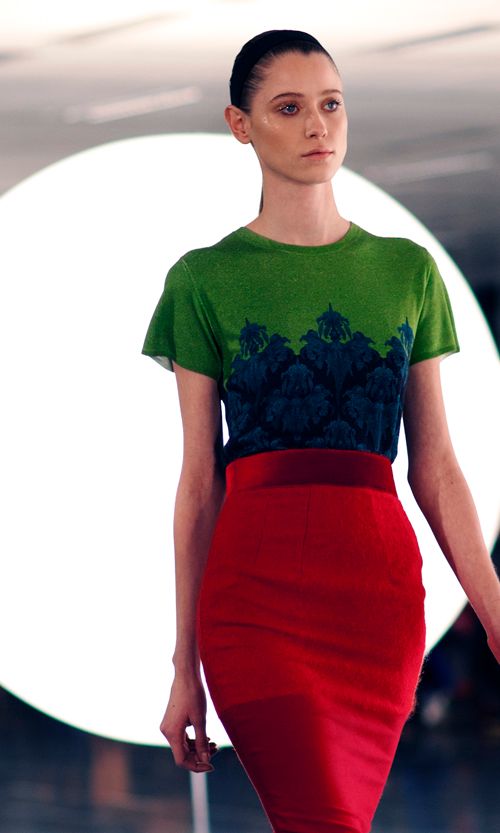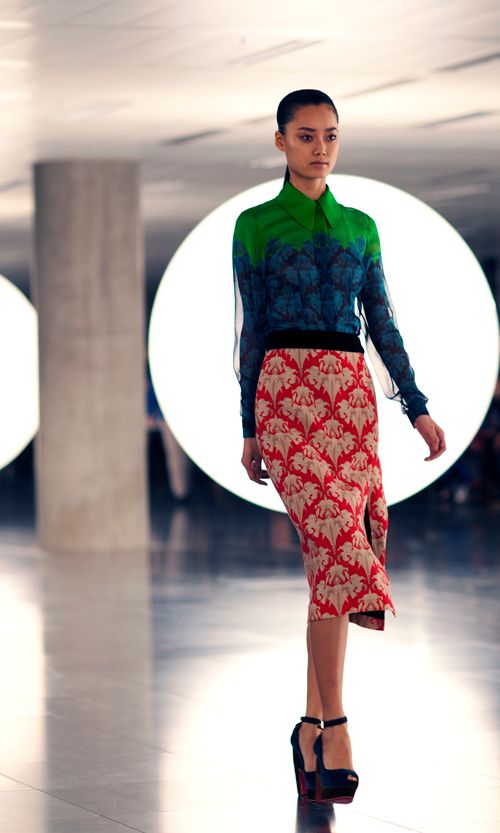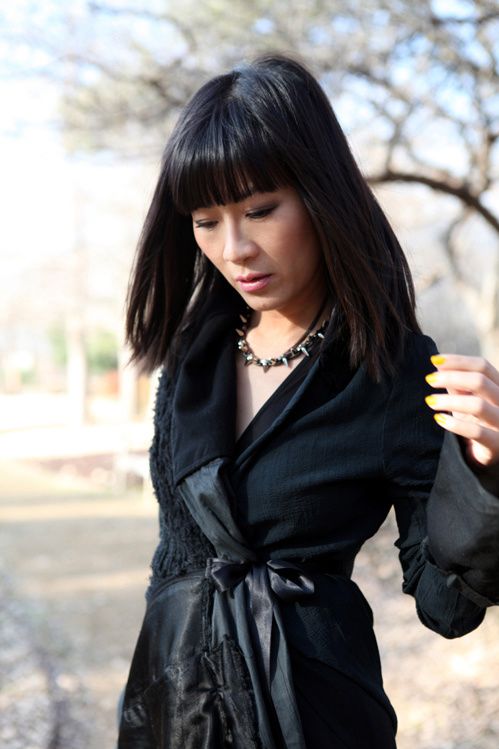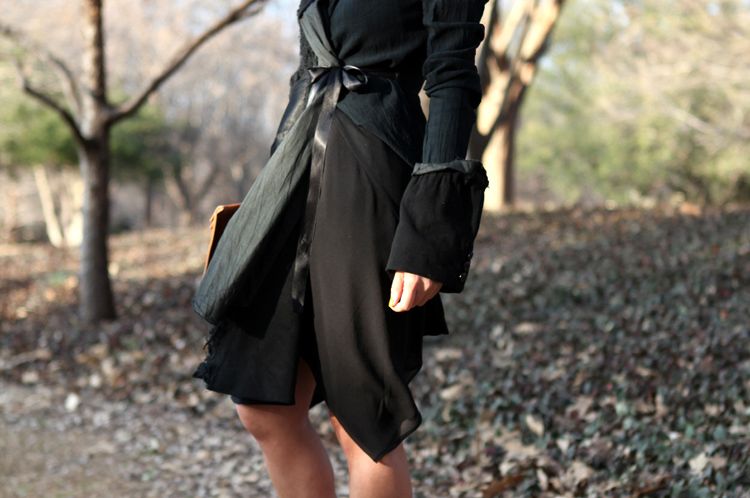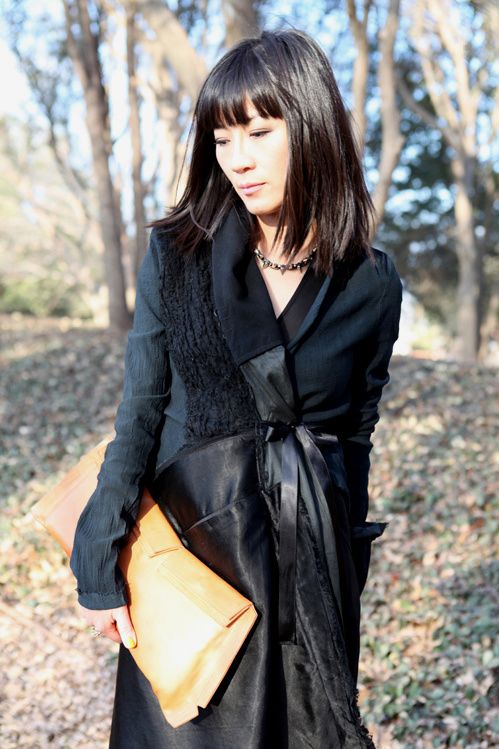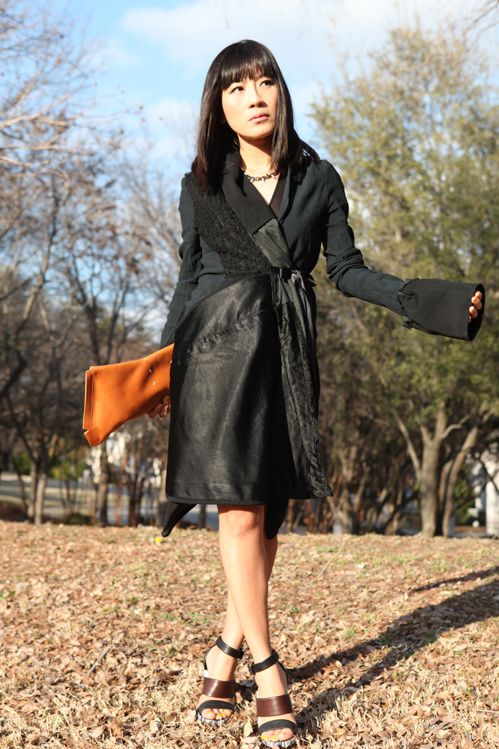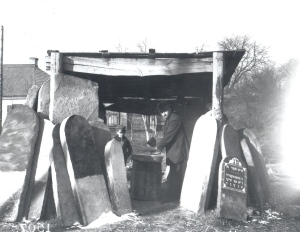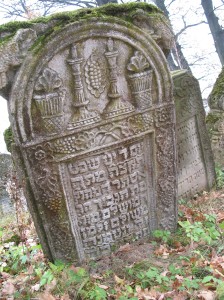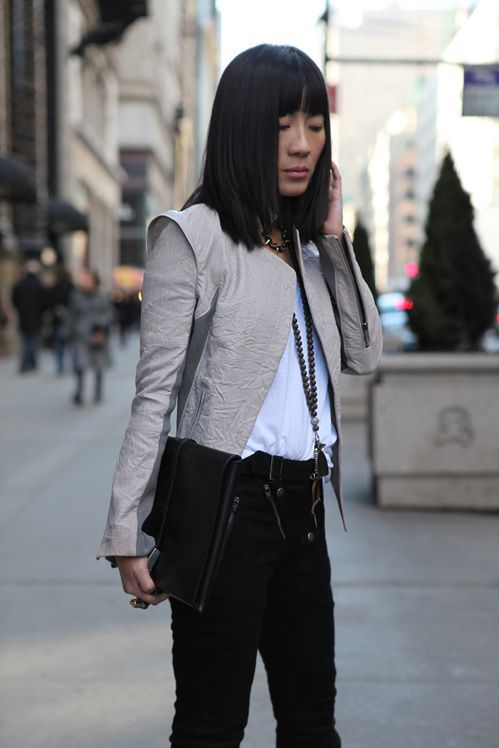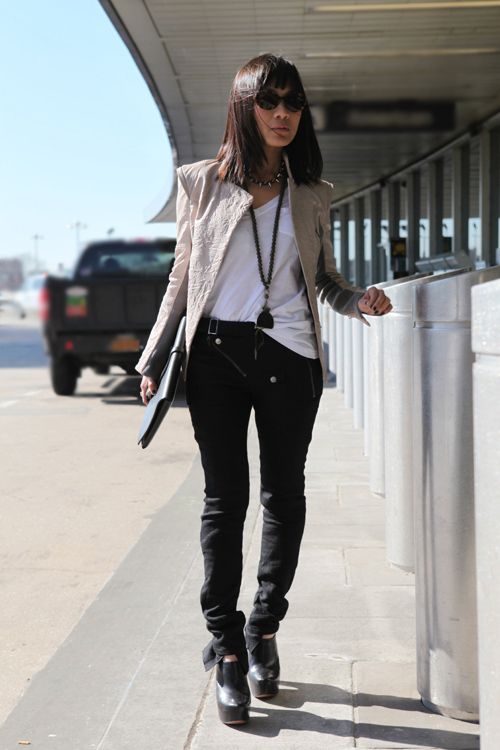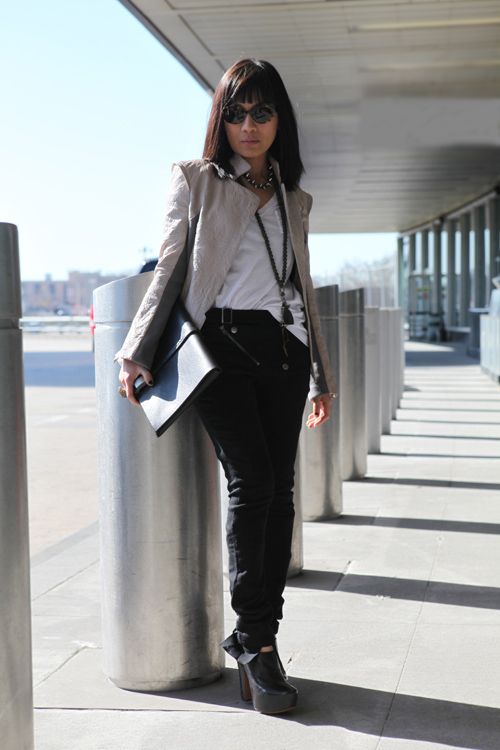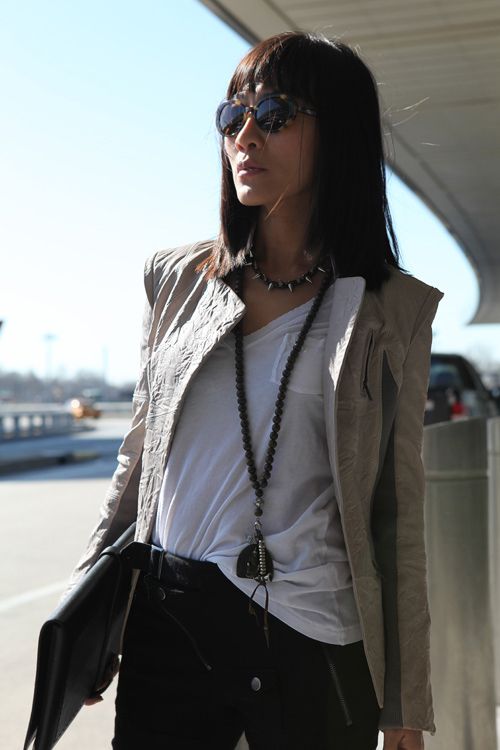 |
| Photo © Tewfic El-Sawy-All Rights Reserved |
I find it always difficult to objectively assess a photo~expedition, since there are so many variables that must be considered when judging what went right and wrong over the course of an intense two weeks...but it's something I find necessary and useful.
I don't know if other travel photographers publicize the positives and negatives of their photo trips or workshops, but I do. It's an exercise in transparency that I follow because I think it's the right thing to do.
The objectives of the
In Search of the Sufis of Gujarat Photo Expedition™ were diverse. This was not a run-of-the-mill photo trip, touring Gujarat in search of photogenic individuals or places, but had the complex goals of exploring and photographing traditional Hindu and Islamic syncretism.
But first things first. The group was the most international I've had so far...2 Thai photographers, 1 Singaporean and 2 Americans. The gear was, for the first time, Nikon-dominated with a couple of Canon users and a Leica aficionado.
Speaking of gear; I used my
Canon 5D Mark II, and sort of inaugurated my new
Canon 7D (which replaced my trusty old friend the Canon 1D Mark II). The 7D was mostly used when I need the super-fast fps rate, or when I wanted to shoot a movie clip. I used my
Canon 24-70mm f2.8 virtually all the time, while the
Canon 17-40mm f4.0 was used on my 7D. The 70-200 lens was used only once, and stayed at the hotel on most days. The same for my
Canon 24mm f1.4. I lost all of my back-up Compact Flash cards...probably at Delhi airport's security check...so relied on two 16 gb cards that were in the camera bodies.
The photo~expedition's logistics worked well. I traveled to Ahmedabad (where the trip started) from Delhi on Indigo, a privately-owned Indian airline, and I can't be complimentary enough. Its time-keeping and its in-flight staff (not only gorgeous, but efficient and attentive) put American and European airlines to shame. The hotels on our itinerary were as expected, but I ought to mention two in particular: The Imperial Palace in Rajkot (despite it being all-vegetarian) was fantastic, and The Pride in Ahmedabad takes second place. The fleabag award goes to the Leo Resort in Junagadh, and it's now on my list of the ten worst hotels I ever stayed in. On the other hand, the Rann Riders Safari Resort in Dasada gets the fillip, as it has last year, for being oasis of calm, efficient service and excellent food.
Our transport was a large Tata bus, although I had thought we would be driving in a Tempo-like 12 seater. No complaints there (except for the shock absorbers), and driver Ashok and his assistant were put through their paces, often driving for 9-10 hours a day...a grueling pace especially on the roads of south Gujarat, which are not well maintained at all.
Rehman was the photo~expedition guide/fixer. He was the very personification of syncretism due to his conversion from Hindu to Muslim when a young man. His knowledge of Muslim India and of Sufi lore was impressive, and he diligently gave us a written narrative of every
dargah, mosque and temple we photographed at, with historical notes. His narrative was heavily laced with tales and superstitions...ideal to us, as these reflected local syncretic lore as for example, his statement that the Prophet Muhammad was the reincarnation of Vishnu!
In Bhuj, we were also assisted (like last year) by Kantilal Doobal, a local photographer-interpreter. He guided us to tribal villages.
There was one major...no, make that huge... disappointment on this photo~expedition. I planned to photograph the Siddis in their village near Diu in the very southern tip of Gujarat. I was informed that the Siddis held spectacular musical (drumming) performance during the evenings of the Muslim weekend. The Siddis are descendants of African slaves brought 300 years ago by the Portuguese for the Nawab of Junagadh. To our chagrin, there were no performances to speak of, and all we saw was a small
loban ceremony during evening prayers, hardly anything to write home about. Yes, we photographed the Siddis and it seemed we were in a Central African village, but we were disappointed. I had enormous expectations from this particular itinerary objective, but it was not to be. Traveling so far down to Diu wasn't worth it at all.
Another issue was that women are not allowed in certain areas of the
dargahs and mosques. This excluded two of the participants from photographing in the inner parts of the shrines, but this was no surprise. Another issue was that some shrines allowed the saints' tombs to be photographed, while others didn't, depending on the whims of local keepers/guardians. I say whims because at one shrine I was told we couldn't photograph at all, but after talking with the local religious head, he allowed us unfettered access. Insistence can pay off sometimes.
The highlights of the photo~expedition were many...the shrine of Shaikh Ahmed Khattu in Sarkej near Ahmedabad, the Jain temples and the pujas in Palitana, a couple of tribal villages near Bhuj, a photo shoot at the home of an extroverted hijra (transvestite) named Chandrika in Bechraji, and the utterly mind-blowing scenes of trances at a
dargah near Unawa.
The Palitana photo-shoot required us to walk (or be carried) up the 3500 steps to the main Jain temple at the top of the hill. This was well worth it, as a continuous
puja was being held at a sacred site considered to be the most sacred pilgrimage place in Jainism. We started the climb at about 6:30 am and were at the top 3 hours later. The
puja ceremony lasted for a few hours, giving us ample time to photograph every facet of it.
However, there's no question that the main highlight of the whole trip was our days spent at the Mira Datar shrine where we photographed the fantastic Sufi rituals, which included exorcisms, trances, possessed people (mostly women) in chains lest they hurt themselves, pilgrims of all persuasions, Hindus, Muslims (Sufis, Shias and Orthodox) coming to the shrine for all sorts of reasons...temporal and spiritual. It is accepted in the Islamic world that demons (known as djinns) can inhabit the bodies of individuals, and supplicating saints such as Mira Datar to rid oneself of such demons is commonplace in Sufism.
I was asked by one of the
khadims at Sufi dargahs to place a "
ghelaph" (or ritualistic cloth covering) over the tomb of a saint...this I tried to do with reverence and alacrity. Not allowed to cross into the area where the saint's tomb is, a number of women also asked me to spread bags of rose petals over it...I was pleased to do this, and was handsomely rewarded by being given a large rose petal to eat. Not bad...it tasted like soggy lettuce.







